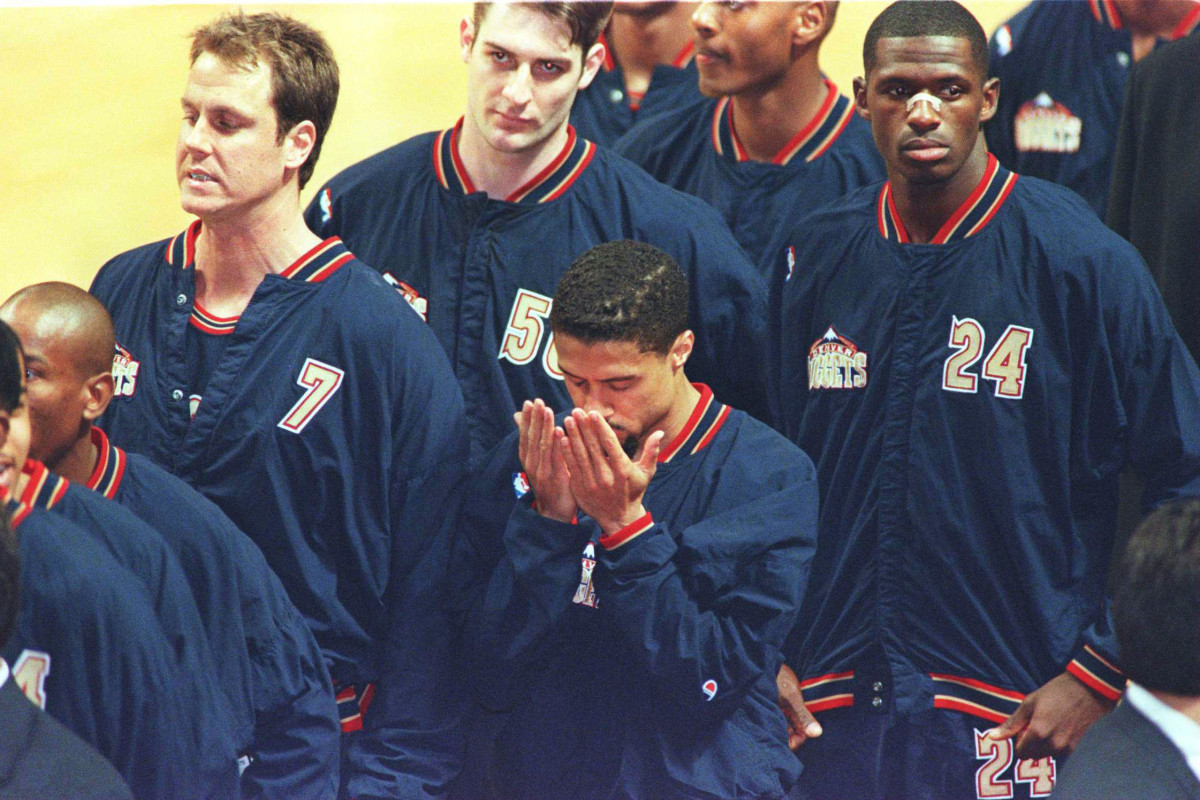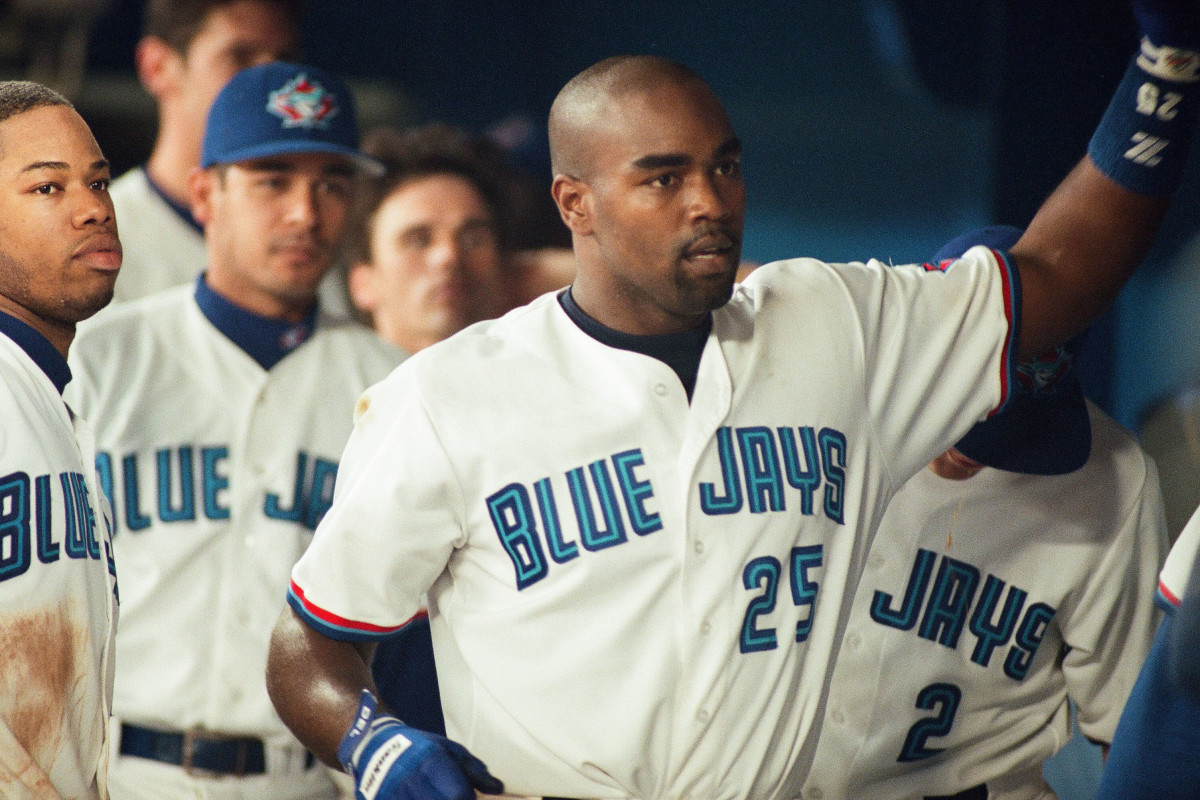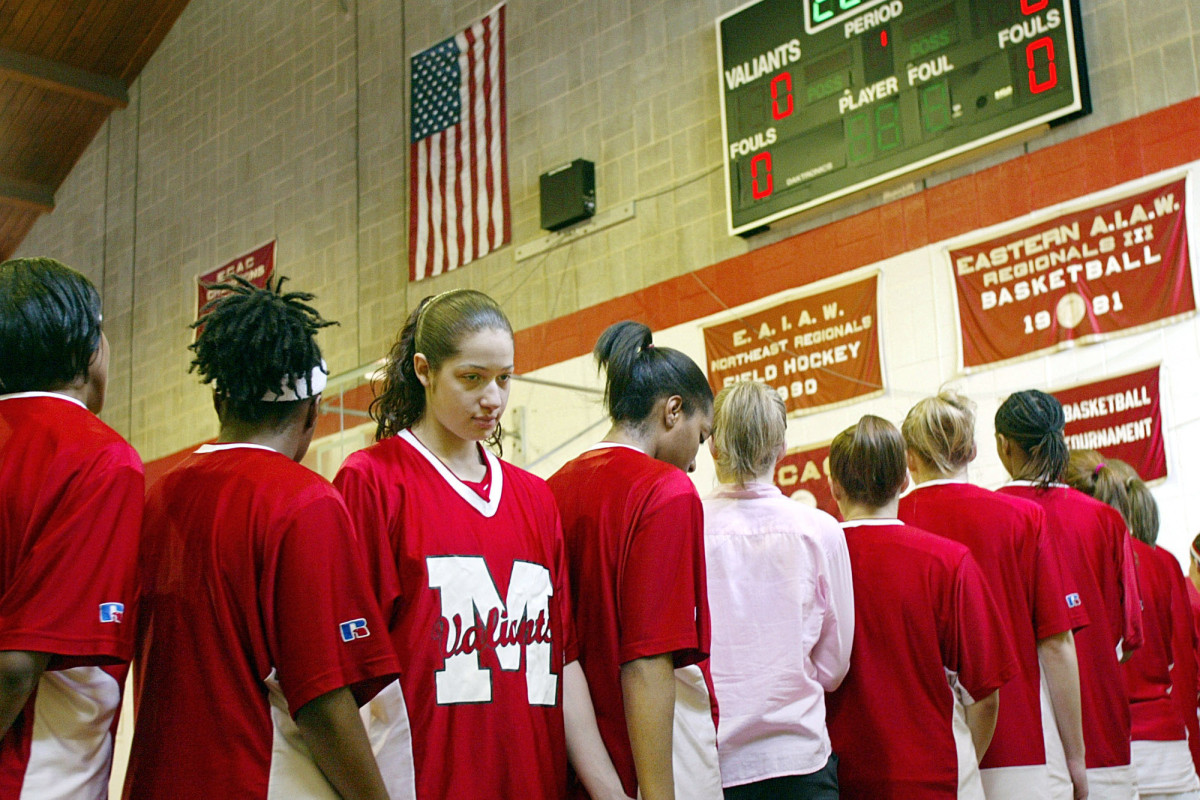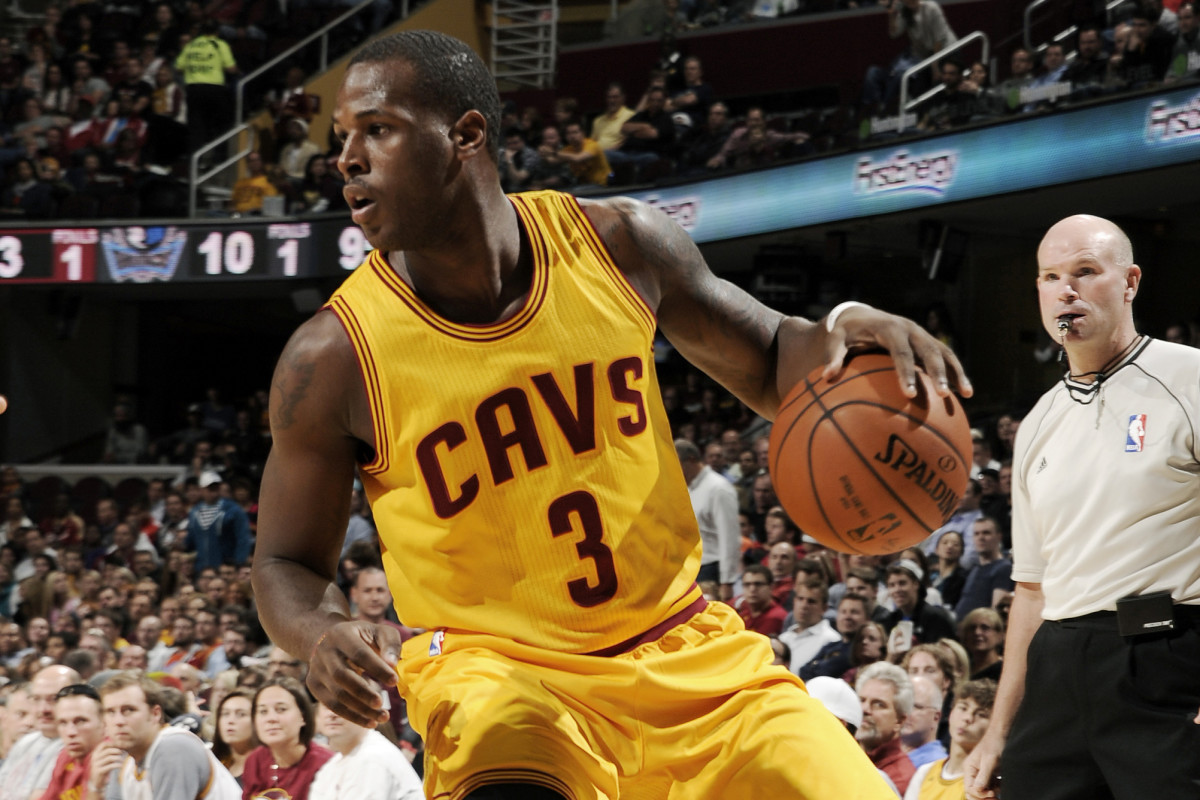A history of athletes protesting the national anthem

Athlete activism may be more prevalent in 2016, but it has a long history. Everyone knows about Muhammad Ali’s opposition to the draft and the raised fists of John Carlos and Tommie Smith. Kaepernick is not the first athlete to make a public political statement, nor is he the first to choose league-sponsored displays to patriotism as the venue for their protest.
Here are four other notable instances of athletes protesting the national anthem and similar displays.
Mahmoud Abdul-Rauf

Before Kaepernick, Abdul-Rauf’s refusal to stand for the anthem in 1996 was the most noteworthy anthem protest. Abdul-Rauf, then a point guard for the Denver Nuggets, called the flag “a symbol of oppression, of tyranny” and said supporting oppression would be against his Muslim faith.
The NBA suspended Abdul-Rauf for one game, citing a league rule that requires players, coaches and trainers to “stand and line up in a dignified posture” during the American and Canadian anthems. He and the league eventually reached a compromise allowing him to stand with his eyes closed and head bent down during the anthem.
Abdul-Rauf said later that his display made it difficult to find a job in the NBA.
Week Under Review: Don't take Kaepernick's protest as disrespect for military
Carlos Delgado

Delgado made headlines in 2004 when he said he purposefully stayed in the dugout during the playing of “God Bless America”.
In the wake of the Sept. 11 terror attacks, several teams added seventh-inning performances of “God Bless America”, though several teams discontinued the practice in subsequent years. One of those teams was Delgado’s Blue Jays, but when he was on the road Delgado refused to stand outside the dugout while the song was played.
”It’s a very terrible thing that happened on Sept. 11,” Delgado told the Toronto Star at the time. “It’s [also] a terrible thing that happened in Afghanistan and Iraq. I just feel so sad for the families that lost relatives and loved ones in the war.”
When Delgado was traded to the Mets before the 2006 season he said he would drop the protest.
“I gave [Mets COO Jeff Wilpon] my views on that subject and I also said I would not put myself in front of the team,” Delgado said. “The Mets have a policy that everybody should stand for God Bless America and I will be there. I will not cause any distractions to the ballclub.”
Deidra Chatman and Toni Smith

In 2003, two college basketball players protested the war in Iraq with displays during the national anthem. The first was Toni Smith, a senior at Division-III Manhattanville College; the other was University of Virginia freshman Deidra Chatman.
Smith, a sociology major, turned her back to the flag before every game, beginning in the middle of the season. The protest started to garner national attention in February, about a month before the U.S. invasion in Iraq.
She described in an interview one year later that the protest divided the team and attracted large crowds to what were usually sparsely attended games. A Vietnam veteran was ejected from the gym after he ran on the floor with a flag during a game.
Chatman’s protest lasted only one game in March, when she refused to face the flag during a nationally televised game against North Carolina. Less than a day later, after meeting with the school’s athletic director, Chatman said she would “stand with my teammates facing the flag honoring our country.”
Dion Waiters

In November 2014, then-Cavaliers guard Dion Waiters stayed in the locker room while the national anthem was played before a game against the Jazz. When asked about his absence by Cleveland.com’s Chris Haynes, Waiters said he skipped the anthem because he is a Muslim.
But then things got strange. Waiters backtracked, saying he was not on the floor due to a “simple miscommunication.” He also accused Haynes of making up the story, calling it a “damn lie.”
Ariyana Smith
In November 2014, just four days after a grand jury declined to indict Ferguson police office Darren Wilson in the shooting death of Michael Brown, Ariyana Smith and her Knox College teammates were playing a game in the same city where the grand jury was convened.
During the national anthem before the game, Smith kneeled in front of the flag making the “hands up, don’t shoot” gesture while her teammates lined up across the court. She laid on the ground for several minutes after the anthem was over and eventually left the gym.
The school initially suspended her for one game but later reversed the ban.
